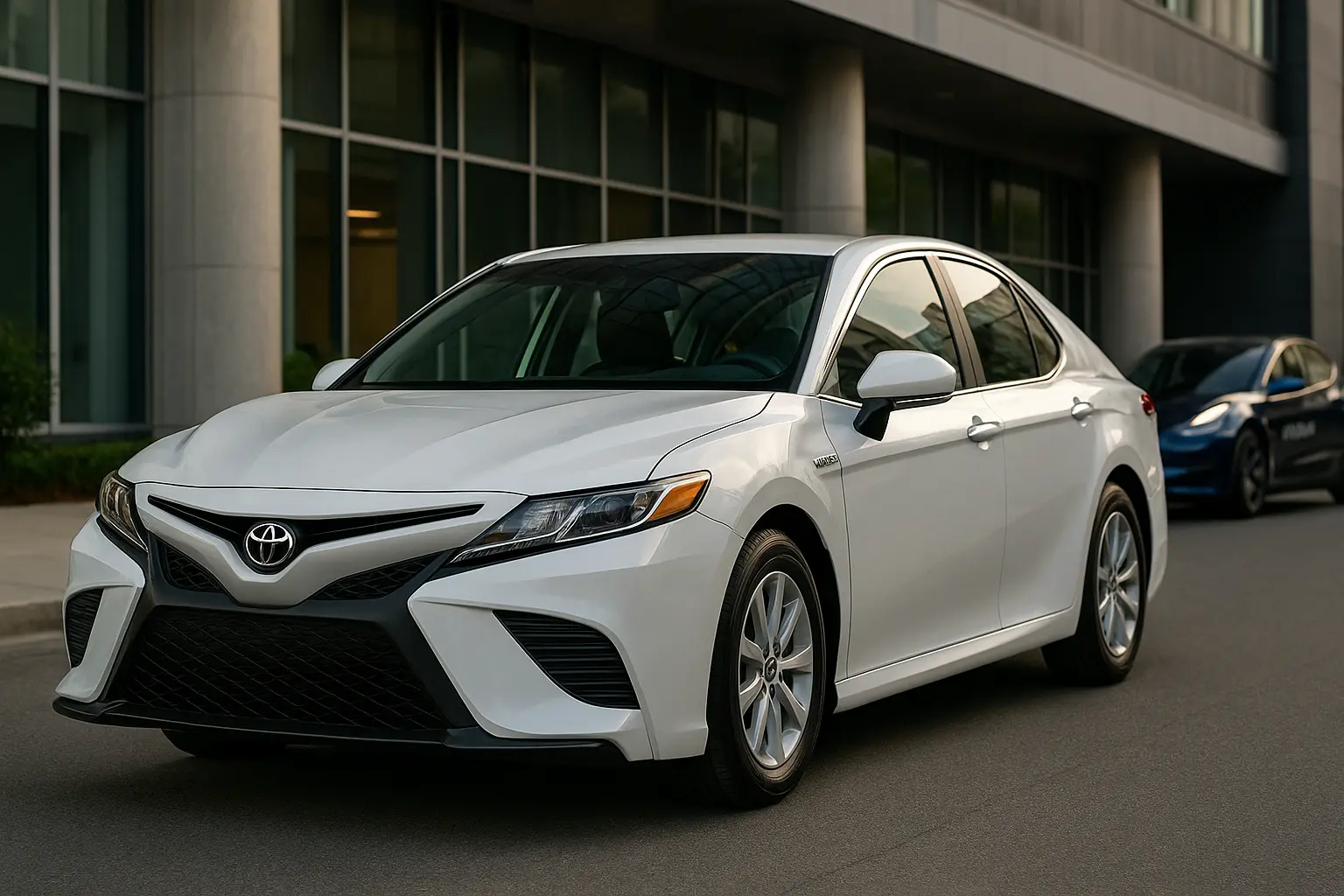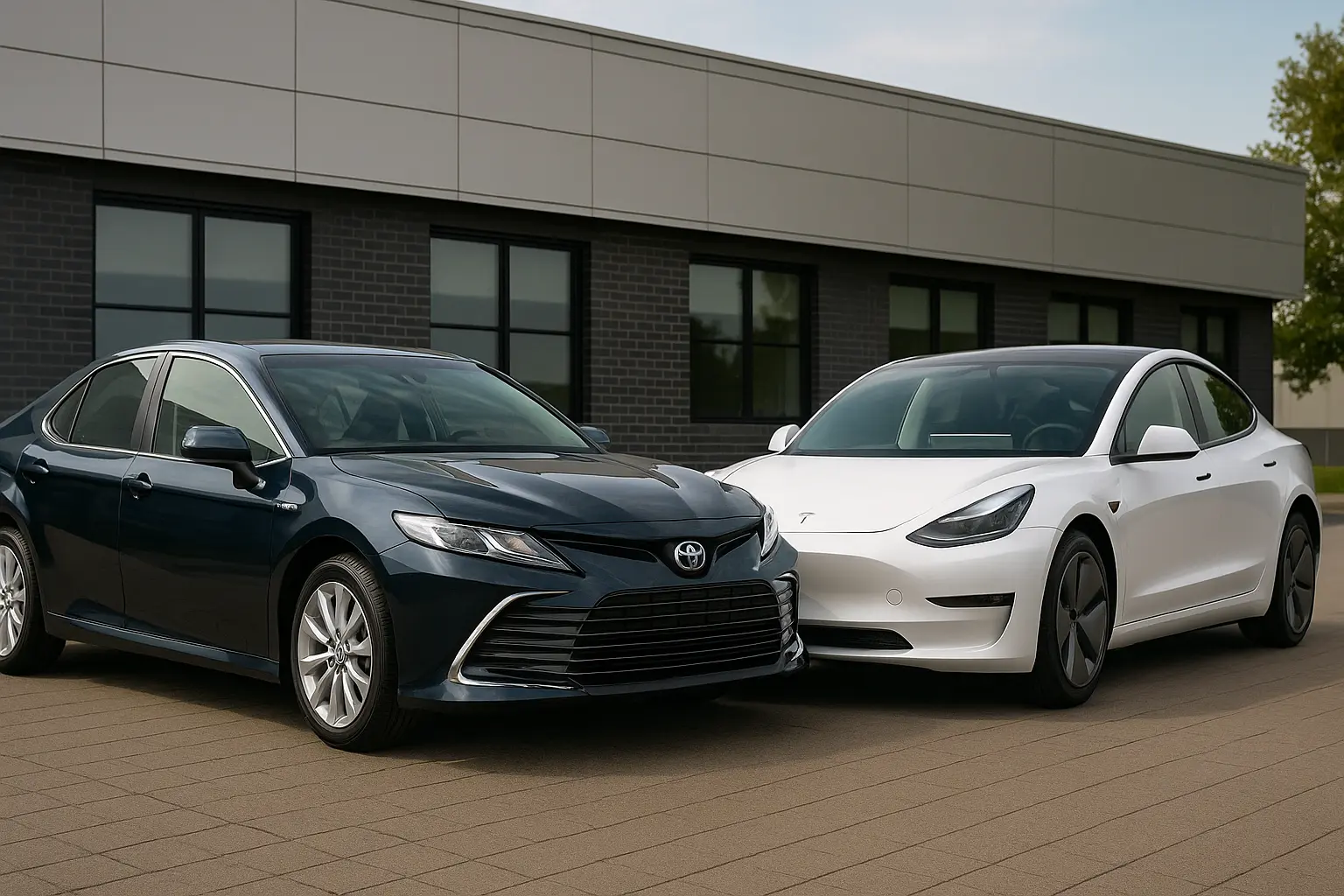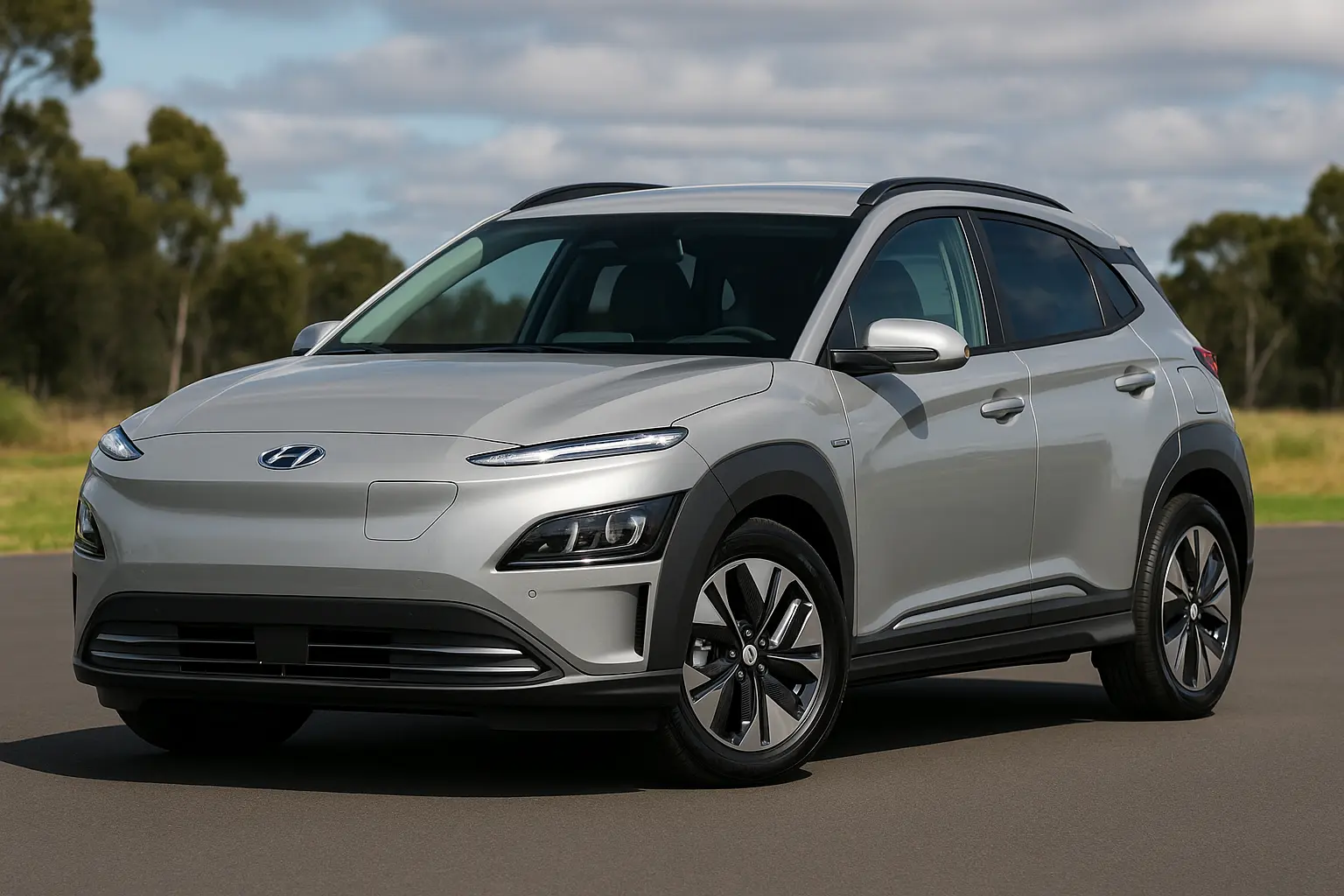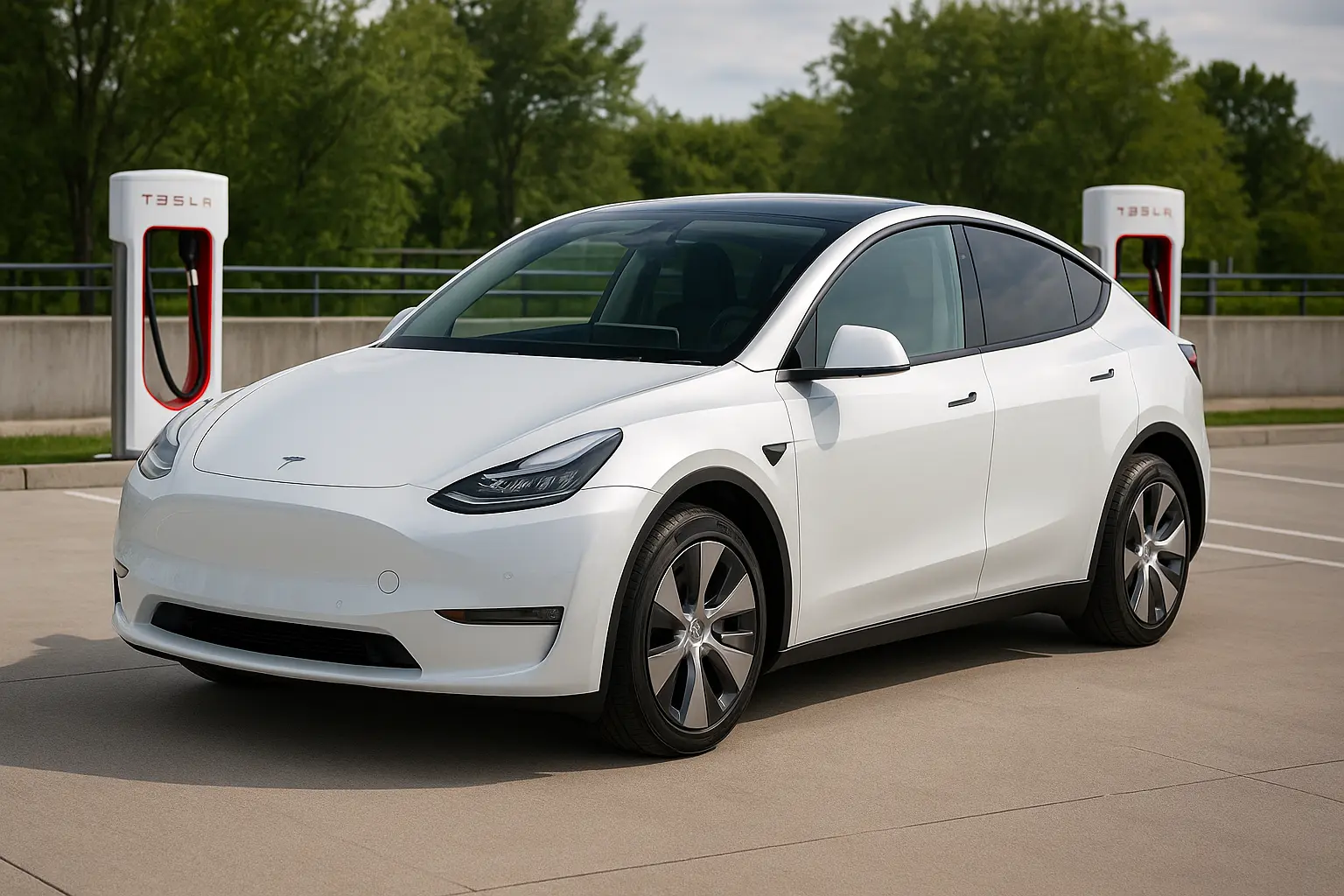The rideshare industry in Australia has matured into a competitive and profitable career option for many. Whether driving for Uber, Ola, DiDi, or any other platform, your choice of vehicle directly impacts:
- Earnings – fuel efficiency, maintenance costs, and depreciation all affect profit margins.
- Customer Satisfaction – a comfortable, quiet, and spacious ride encourages higher ratings and tips.
- Driver Comfort – spending hours behind the wheel means you need excellent ergonomics and features that reduce fatigue.
With rising fuel prices, changing government incentives for electric and hybrid cars, and evolving rideshare vehicle eligibility criteria, 2025 is shaping up to be a pivotal year for choosing the perfect rideshare car.
In this guide, we’ll break down the best options for rideshare drivers in Australia in 2025, covering petrol, hybrid, and electric models — along with key factors to consider before you buy.

Key Factors When Choosing a Rideshare Car in 2025
Before diving into the list, let’s outline what matters most for a rideshare driver:
1. Fuel Efficiency or Energy Cost
- Petrol prices in Australia remain volatile, so cars with low fuel consumption (or electric vehicles with low charging costs) offer a major advantage.
- Hybrids and EVs are gaining popularity as they deliver significant savings over time.
2. Reliability
- Frequent breakdowns mean lost earnings. Brands with strong reliability records — Toyota, Hyundai, Kia, Honda — dominate the rideshare space.
3. Comfort and Space
- Riders value legroom, climate control, and smooth suspension.
- Spacious boots for luggage are a must if you often do airport runs.
4. Rideshare Eligibility
- UberX requires a 4-door car in excellent condition, less than 10–15 years old (varies by state).
- Premium tiers like Uber Comfort or Uber XL require larger or newer vehicles.
5. Maintenance Costs
- Service intervals, parts availability, and warranty coverage can make a huge difference in long-term operating costs.
6. Resale Value
- High-demand brands hold their value better, reducing overall depreciation.
Best Petrol Cars for Rideshare in 2025
While hybrids and EVs are trending, some drivers still prefer reliable petrol-powered cars for lower upfront costs and easier refuelling.
1. Toyota Corolla Sedan
- Fuel Economy: ~6.0L/100km
- Pros: Exceptional reliability, smooth ride, affordable servicing.
- Cons: Less torque compared to turbocharged rivals.
- Why It Works for Rideshare: Comfortable for both driver and passengers, excellent boot space for luggage, and Toyota’s unmatched resale value.
2. Kia Cerato Sedan
- Fuel Economy: ~6.8L/100km
- Pros: Generous standard features, long 7-year warranty.
- Cons: Slightly higher fuel use than Corolla.
- Why It Works for Rideshare: Stylish design, large cabin, and tech features like wireless Apple CarPlay enhance passenger experience.
3. Hyundai i30 Sedan
- Fuel Economy: ~6.5L/100km
- Pros: Comfortable suspension, strong reliability, long service intervals.
- Cons: Rear headroom a bit tight for taller passengers.
- Why It Works for Rideshare: Excellent value for money, spacious boot, and a modern interior that feels premium.
Best Hybrid Cars for Rideshare in 2025
Hybrids remain the sweet spot for many drivers — low running costs without range anxiety.
4. Toyota Camry Hybrid
- Fuel Economy: ~4.5L/100km
- Pros: Smooth, quiet ride; roomy interior; proven hybrid system.
- Cons: Higher upfront cost than smaller sedans.
- Why It Works for Rideshare: Ideal for Uber Comfort due to its size, plus unbeatable fuel economy for its class.
5. Toyota Corolla Hybrid
- Fuel Economy: ~4.2L/100km
- Pros: Low servicing costs, great resale value.
- Cons: Smaller boot than Camry.
- Why It Works for Rideshare: Perfect for city driving with stop-start traffic thanks to its efficient hybrid system.
6. Honda Accord Hybrid
- Fuel Economy: ~4.8L/100km
- Pros: Upscale interior, spacious back seat, premium ride quality.
- Cons: Less common, so parts may be pricier.
- Why It Works for Rideshare: A near-luxury experience that can help drivers qualify for higher-paying rideshare tiers.
Best Electric Cars for Rideshare in 2025
EV adoption is accelerating in Australia, and several states offer incentives for rideshare drivers to go electric.
7. BYD Dolphin
- Range: ~340–420km
- Pros: Affordable EV option, low running costs.
- Cons: Smaller boot compared to sedans.
- Why It Works for Rideshare: Low entry price makes it a viable EV for full-time drivers, especially for city trips.
8. Tesla Model 3 RWD
- Range: ~513km
- Pros: Excellent passenger experience, large boot plus frunk, premium tech.
- Cons: Higher purchase price.
- Why It Works for Rideshare: Smooth acceleration, quiet ride, and Tesla’s Supercharger network make it ideal for long shifts.
9. Hyundai Ioniq 6
- Range: ~614km
- Pros: Long range, ultra-smooth ride, futuristic styling.
- Cons: Higher upfront cost than some EVs.
- Why It Works for Rideshare: Ideal for premium rideshare services, long-range comfort, and minimal downtime for charging.
Best SUVs for Rideshare in 2025
SUVs suit UberXL or airport-heavy routes due to extra passenger and luggage space.
10. Toyota RAV4 Hybrid
- Fuel Economy: ~4.7L/100km
- Why It Works for Rideshare: Spacious, fuel-efficient, and perfect for UberXL.
11. Kia Sportage Hybrid(New in 2025)
- Fuel Economy: ~5.0L/100km
- Why It Works for Rideshare: Stylish, tech-packed, and backed by Kia’s warranty.
12. Hyundai Tucson Hybrid
- Fuel Economy: ~5.1L/100km
- Why It Works for Rideshare: Excellent passenger comfort and modern design.
Cost Breakdown: Petrol vs Hybrid vs EV for Rideshare in 2025
| Vehicle Type | Average Upfront Cost | Running Cost (per km) | Maintenance Cost (Annual) | Best For |
|---|---|---|---|---|
| Petrol | $25k–$35k | $0.14–$0.18 | $600–$900 | Budget drivers, rural areas |
| Hybrid | $30k–$45k | $0.09–$0.12 | $500–$800 | City-heavy driving, fuel savings |
| Electric | $40k–$65k | $0.05–$0.07 | $300–$500 | High mileage, government incentives |
Tips for Maximising Rideshare Earnings in 2025
- Choose the right service tier – aim for Comfort or XL for higher fares.
- Keep your car spotless – clean interiors boost ratings.
- Leverage off-peak hours – night shifts often mean higher surge pricing.
- Track running costs – apps like Fuelly or EV energy trackers help identify savings.
- Stay on top of maintenance – avoiding breakdowns means more driving time.
Conclusion: Picking the Right Car for 2025
Whether you prefer a budget petrol sedan, a fuel-sipping hybrid, or a futuristic EV, 2025 offers more options than ever for Australian rideshare drivers.
- Budget-Friendly Choice: Toyota Corolla Sedan
- Best All-Rounder: Toyota Camry Hybrid
- Premium EV Pick: Hyundai Ioniq 6 or Tesla Model 3
Your choice will depend on budget, expected mileage, and whether you plan to take advantage of government EV incentives.
If you get it right, the right car will keep you — and your passengers — happy while maximising your rideshare earnings.
Leave a comment
Your email address will not be published. Required fields are marked *




















